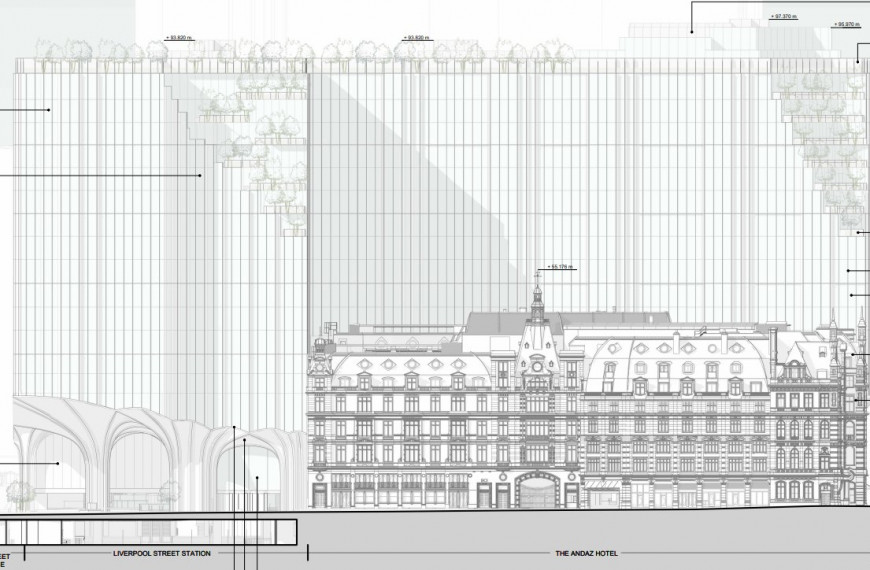Press Statement
Following the Welsh Government’s publication of the draft budget for 2024/25, Historic Buildings & Places, a National Amenity Society, has expressed concern for the future management of Wales’s unique and special historic environment.
Responding to the draft budget, Liz Power, Director of Historic Buildings & Places, commented:
“This draft budget is a clear sign of the financial pressures facing the Welsh Government, but it provides a worrying picture for the future of the historic and built environment in Wales.”
Cadw, the body responsible for policy and safeguarding Wales’ historic places, and the Royal Commission on the Ancient and Historical Monuments of Wales, responsible for recording built heritage and maintaining the National Monuments Record of Wales, will both receive a cut of more than 22% to their budget. Local councils continue to struggle to maintain crucial planning and conservation services following sustained budget cuts over the last 15 years.
Heritage and conservation services are not only a legal and operational duty of the Welsh Government, but effective and quality conservation services from Cadw, the Royal Commission, and local councils is the most affordable and invaluable way to underpin the delivery of new homes, local jobs, regeneration, and sustainable growth.
Wales boasts a strong heritage sector. Just prior to the pandemic, Cadw’s Heritage Counts report indicated that the historic environment, heritage tourism and heritage construction sector supported 40,670 jobs, nearly 3% of Wales’ total employment. Domestic and international visitors to Welsh heritage attractions were estimated to have contributed £1.72 billion to the Welsh economy. The Construction Industry Training Board estimates that the 112,000 construction workers employed in Wales spend 43 per cent of their time working on the conservation, repair and maintenance of traditional buildings. As well as its built heritage, Wales also has a powerful intangible culture centred on the Welsh language and artistic traditions.
Wales’s heritage is increasingly at risk due to incremental underfunding of the sector over the last decade. The historic environment is a finite resource and these services, cultural traditions and jobs need to be supported.
Historic Buildings & Places encourage the Senedd to think carefully about its budget priorities and ensure adequate funding is provided for the Welsh Government to meet its statutory duties and provide the conservation services needed for the effective delivery of planning decisions and growth of tourism, heritage and development sectors.
Notes to Editors
Historic Buildings & Places works to sustain, defend and promote all aspects of the built historic environment, for the benefit of all. We are one of the National Amenity Societies and are unique in defending buildings and places of all ages and all types. We have a particular interest in everyday heritage, hidden treasures and community favourites.
About Historic Buildings & PlacesHistoric Buildings & Places was founded as the Ancient Monuments Society (AMS) in 1924 by architect John Swarbrick. From its earliest days the Society had a broad scope of interest. The Society was founded in Manchester and its early endeavours focused on the north-west of England, but it gradually branched out to take on a wider focus, including the historic environment in Wales. In 1968 the Society became a formal consultee in its role as a National Amenity Society.
Under the Planning (Listed Buildings and Conservation Areas) Act 1990, we are consulted by local planning authorities in England and Wales on all Listed Building Consent applications involving an element of demolition, as well as on cases relating to other types of designated and undesignated heritage. We also offer advice on proposed changes to Places of Worship under the Ecclesiastical Exemption and other consent regimes.
Contact
Stefanie Turza, Marketing and Communications Officer
E: office@hbap.org.uk
T: +44 (0)20 7236 3934
Heritage Counts Report, by Cadw, can be accessed here.


